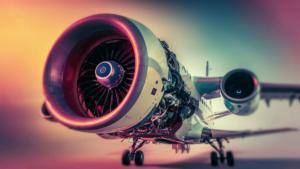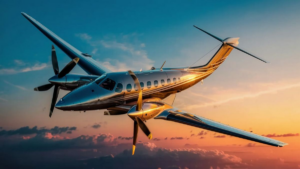Aircraft landing and takeoff are crucial phases of flight that require precision, skill, and adherence to safety protocols. These maneuvers mark the beginning and end of a journey, representing moments of controlled transition between the sky and the ground.
Understanding Aircraft Landing
Landing an aircraft involves a series of carefully coordinated actions aimed at bringing the aircraft safely to the ground. Pilots must consider various factors such as runway length, weather conditions, wind speed, and aircraft weight to execute a smooth landing.
During the landing approach, the pilot reduces the aircraft’s altitude gradually while maintaining the appropriate airspeed. This phase requires meticulous control and judgment to ensure a stable descent towards the runway.
As the aircraft nears the runway threshold, the pilot initiates the flare maneuver, gradually raising the nose to reduce the rate of descent. This maneuver allows the aircraft to transition from a descending trajectory to a level attitude just above the runway surface.
The touchdown occurs as the main landing gear makes contact with the runway, followed by the deployment of spoilers and reverse thrust to slow down the aircraft. The pilot then guides the aircraft along the runway, using aerodynamic controls to maintain directional stability until it comes to a complete stop.
Mastering Takeoff Procedures
Takeoff is the phase of flight where an aircraft accelerates from a stationary position on the runway to attain the necessary speed for liftoff. It requires careful planning, engine thrust management, and adherence to safety regulations.
Before initiating the takeoff roll, the pilot performs pre-flight checks to ensure all systems are functioning correctly. This includes verifying engine performance, control surfaces, and aircraft instrumentation.
Once cleared for takeoff, the pilot advances the throttle to increase engine power gradually. As the aircraft gains speed, the pilot maintains directional control using rudder inputs, ensuring alignment with the runway centerline.
At a predetermined airspeed known as rotation speed, the pilot gently pulls back on the control yoke or stick to raise the nose of the aircraft. This action initiates the liftoff, and the aircraft transitions from ground to flight mode.
During the initial climb-out phase, the pilot retracts the landing gear and adjusts the aircraft’s pitch attitude to establish a climb gradient. The takeoff climb continues until reaching a safe altitude and airspeed, at which point the aircraft can transition to the en-route phase of flight.
Aircraft landing and takeoff are dynamic processes that demand precision, skill, and adherence to established procedures. Pilots undergo extensive training and certification to safely execute these maneuvers, prioritizing the safety of passengers and crew above all else. By understanding the intricacies of landing and takeoff procedures, aviation professionals ensure the seamless operation of air transportation systems worldwide.
Frequently Asked Questions
Here are some commonly asked questions regarding aircraft landing and takeoff:
- What are the key factors that influence a safe landing?
- How do pilots manage crosswinds during landing?
- What is the significance of the flare maneuver in landing?
- How does runway length affect takeoff performance?
- What role does engine thrust play in the takeoff process?
- How do pilots handle emergencies during takeoff and landing?
Crosswind Management
Crosswinds pose a significant challenge during landing, requiring pilots to employ specific techniques to maintain control of the aircraft. By applying coordinated aileron and rudder inputs, pilots counteract the effects of crosswinds, ensuring a safe touchdown and rollout.
Emergency Procedures
During takeoff and landing, pilots are trained to respond to various emergency scenarios promptly. This includes engine failures, hydraulic malfunctions, and bird strikes. Pilots undergo rigorous training to execute emergency procedures effectively, prioritizing the safety of all onboard.
| Factor | Impact |
|---|---|
| Runway Length | Affects takeoff performance and required distance for landing rollout. |
| Weather Conditions | Influence aircraft handling and decision-making during landing and takeoff. |
| Aircraft Weight | Impacts takeoff speeds, climb performance, and landing distances. |
See also:






